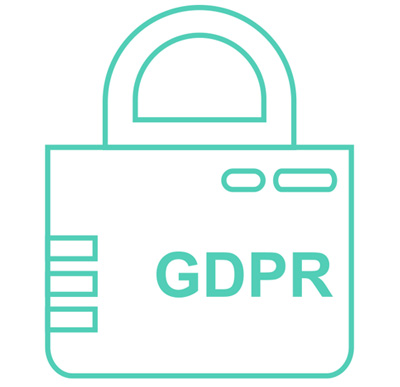Best practice how to pay safely online
(e-commerce – online shopping)

A necessary precaution is to check that the Internet address of the site on which online payments are made does not appear abnormal (e.g. if it corresponds to the name of the company that is supposed to manage it) and that the standard security procedures for online payments are respected. For example, the site’s URL – i.e. the address – must begin with ‘HTTPS’ and have a padlock symbol. The S is an SSL certificate that protects sensitive information written and entered into the site. As the site moves between different servers, the data is protected. Without an SSL certificate, the data is exposed and easy to access and thus steal.
In order to be legal and secure, every site must include a link to a page that provides privacy information. The privacy policy must include details on how your data is collected, how it is used and (most importantly) how it is protected. We, therefore, advise you to check the privacy policy of the site you are viewing. A site without a privacy policy does not follow the rules and laws of the country, and therefore your data is not safe.
Generally, when purchasing a product or service online, it is more prudent to use prepaid credit cards or other digital payment systems that avoid sharing bank account or credit card data, such as PayPal, which includes what it calls ‘buyer protection’.





